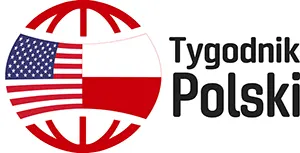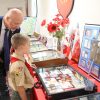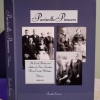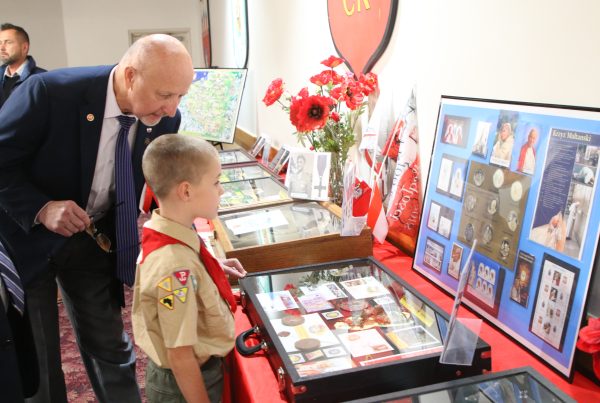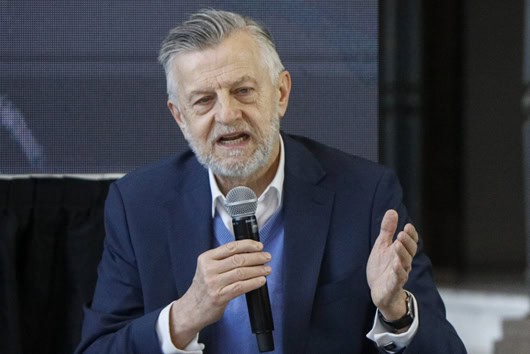We live in the best-documented times ever. The ease with which we record every aspect of our lives is unprecedented. Our phones capture not only special events but also ordinary, mundane details of our lives. As we make these digital images public, future generations should have a wealth of information about us, providing that the Internet meets our expectations, and preserves the information in perpetuity.



Contemporary historians such as Professor Agata Zborowska, who on Wednesday, September 10th gave a fascinating presentation at the University of Michigan, recognize the value of the “ordinary” in understanding and constructing official history. In her talk “Polish Diaspora Identities in Archival Home Movies” Professor Zborowska discussed some findings from her ongoing project “Not-So-Ordinary”. For Professor Zborowska, a cultural historian, “ordinary” home movies constitute a very valuable resource which should be archived and researched.
The full title of the project which Professor Zborowska embarked on in 2023 and is planning to continue through 2026, is “Critical Archives of Ordinariness: Vernacular Moving Image Practices and Migrant Identity in Polish Chicago”. In laymen terms, “vernacular moving image practices”, means “making home movies”.
Professor Zborowska has been collecting and digitizing home movies made by Polish Americans of Chicago in the pre-digital era. Most of the films she has been able to obtain so far come from the second half of the twentieth century (although the oldest films were filmed in 1938.)
Equally important and interesting to Professor Zborowska is “the reconstructed context” of the movies. For this she interviews the film creators or their descendants. These “oral histories” shed some light on the circumstances connected with the filming, such as – for example – when and why the filmmaker bought the camera, as well as provide explicit statements about the sense of Polish identity of the people involved.



Many of the analog films Professor Zborowska was able to gain access to were saved from oblivion and possible imminent destruction, as their current owners, unable to view them anymore due to technology becoming obsolete, were often ready to throw them out. Others lent her the films but wanted them back. All will receive a digital version of their materials, which one could view as an immense gain for someone interested in keeping their family history alive and accessible. The films in their digital version, as well as the originals given to the project, will be kept in the Chicago Film Archives.
When Professor Agata Zborowska first started working on the project, she visited the Newberry Library in Chicago looking for home movies made by Polish Americans. She was told that there was not much to find. She took this statement as a challenge and a further motivation to create such an archive and correct this “underrepresentation” of the Polish ethnic group.
However, it took her a while to find people with films of interest. To reach them Zborowska attended Polish American events, contacted organizations such as the Polish Highlanders Alliance of America, made appeals on TV and on social media, especially on Facebook pages addressed to people interested in the history of Chicago.
The results have been spectacular. It turned out that many families kept entire collections of home movies. Most of the films, usually silent, document family gatherings such as weddings, birthdays, graduations and holidays, including trips to Poland and other countries. Quite rare are recordings of workplaces and very rare are those of funerals. In the films documenting returns to Poland not so uncommon is the practice of reenacting scenes, especially those of greeting visiting family members at the airport.
Among the films, are also those which cross over into feature films, and in the same way as silent films use intertitles offering some additional information about the people or actions filmed (an amusing film “Easter 1963”, from the Loryś Family Film Collection).
Although men seem to be officially authoring the majority of the films, Professor Zborowska noticed that – as the aforementioned men often appeared in the film – quite often women must have been the ones behind the camera. However, entire collections of films created by women also exist; such is the Victoria Agatha Wielgus Sendra Film Collection.
The choices movie makers made tell us a lot about them. Films provide evidence of their newly achieved prosperity and upward mobility, perhaps meant to be shared with their families in Poland. The act of buying the camera alone, and some of the filmmakers bought one shortly after they arrival in the States, speaks volumes about the US as a country of opportunities, where even an immigrant worker could afford an item that in Poland was a luxury.
The abundant films documenting the first visit of John Paul II to Chicago in 1979, and the accompanying oral histories, show the enormous pride of the Polish American community in their “Polish Pope”, and a subsequent shift in the perception of Polish ethnic identity, from what often was undesirable and mocked in offensive Polish jokes, to something desirable and to be proud of.
Digitizing the films is expensive and that’s why on Agata Zborowska’s page https://www.not-so-ordinary.us/home where you can find information about the project as well as some already digitalized films, there is also a donate button.
For now, the films come only from Chicago, but in the future Professor Agata Zborowska hopes that her project will expand to other Polish American communities in the US.
Agata Zborowska is the Marie Skłodowska-Curie Global Fellow, a postdoctoral fellow at the University of Chicago and Katholieke Universiteit Leuven, and assistant professor of the Institute of Polish Culture at the University of Warsaw.
The lecture “Polish Diaspora Identities in Archival Home Movies” was presented by the Copernicus Center of Polish Studies and sponsored by CREES and WCEE.
Photos: Alina Klin and Mietek Oniskiewicz
